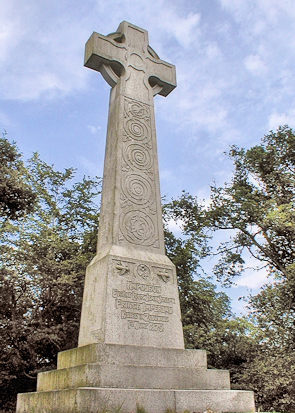Chislehurst
Chislehurst, Bromley
A pretty suburb situated south-west of Sidcup with an old village centre and common, and plenty of greenery and 19th-century cottages

First recorded in 974 as a patch of stony woodland, a settlement had developed around the Scadbury estate by the mid-13th century. Camden Place, now a golf clubhouse, is named after William Camden, the Elizabethan antiquary who lived in Chislehurst from 1609 until his death in 1623. Lord Chief Justice Charles Pratt lived here and took the title of Camden when he was made a baron in 1765, subsequently bestowing the name on north London’s Camden Town.
When Napoleon III and his family were expelled from France in 1871 after the country’s defeat in the Franco-Prussian War, the imperial family moved to Camden Place. Napoleon died in 1873 and was buried at the Roman Catholic church in Chislehurst until the Empress Eugenie removed his body to Farnborough, Hampshire. Around this time, the ‘new’ end of Chislehurst began to develop near the railway station, which opened in 1865.
The town became suburbanised between the wars and merged with Sidcup in 1934 to form a larger urban district. Part of the old parish of Chislehurst was ‘lost’ to Bexley when the London boroughs were reorganized in 1965.
Chislehurst Caves, off Old Hill, are a disused chalk mine with several miles of passageways split into three sections, colourfully named Saxon, Druid and Roman, although evidence of such early usage is flimsy. The caves were last worked in the 1850s. When the railway reached Chislehurst the caves became a tourist attraction. They were used for military purposes in wartime, for mushroom farming between the wars and have represented a thaesium mine on the planet Solos for an episode of Dr Who. During the 1960s, Status Quo, Jimi Hendrix and Pink Floyd all performed here. In 1974 Led Zeppelin launched their Swan Song label with a party in the caves. Guided tours operate most days.
Sir Malcolm Campbell, who set land and water speed records, was born in Chislehurst on 11 March 1885, and was buried next to his parents at St Nicholas’ church in 1949.
